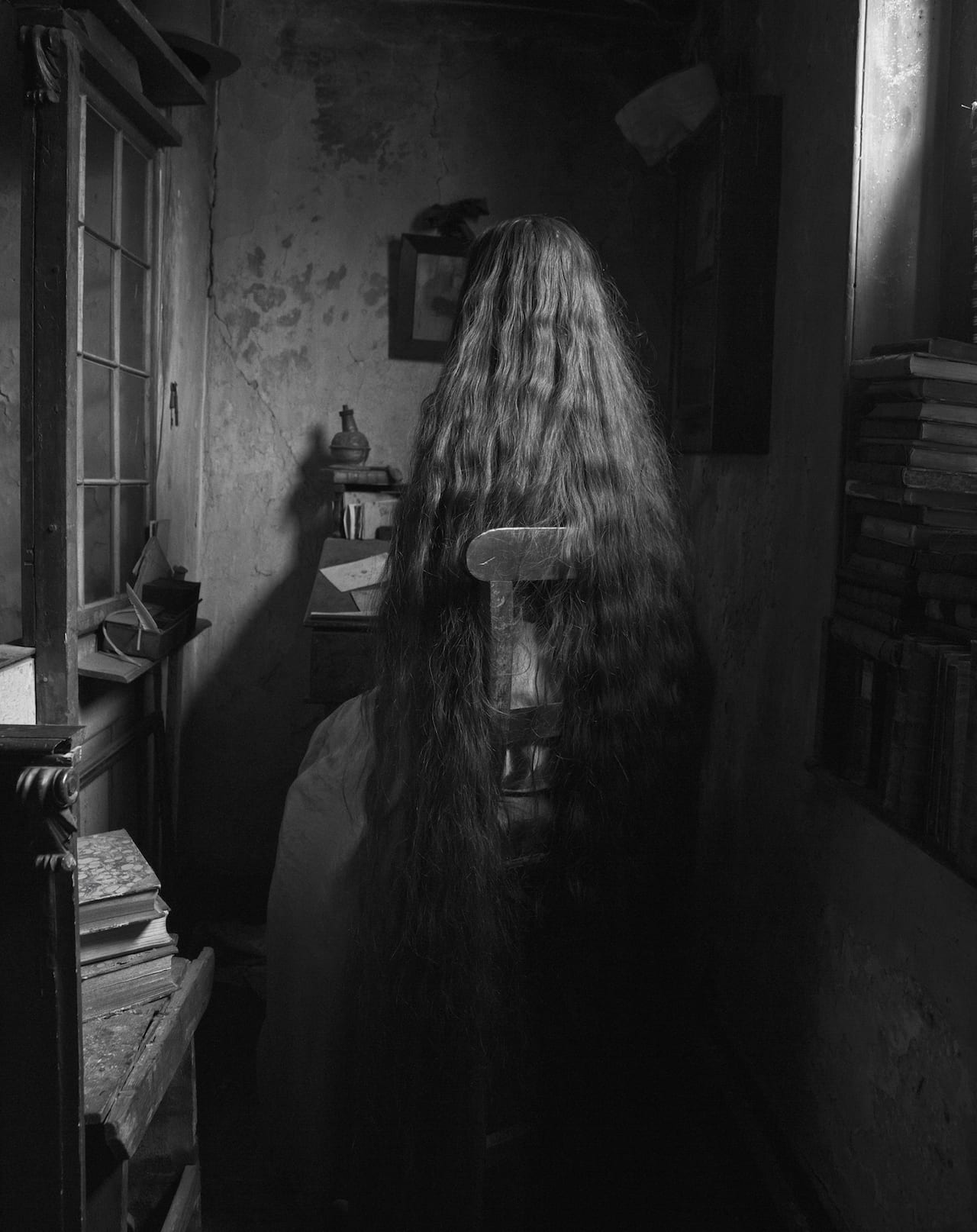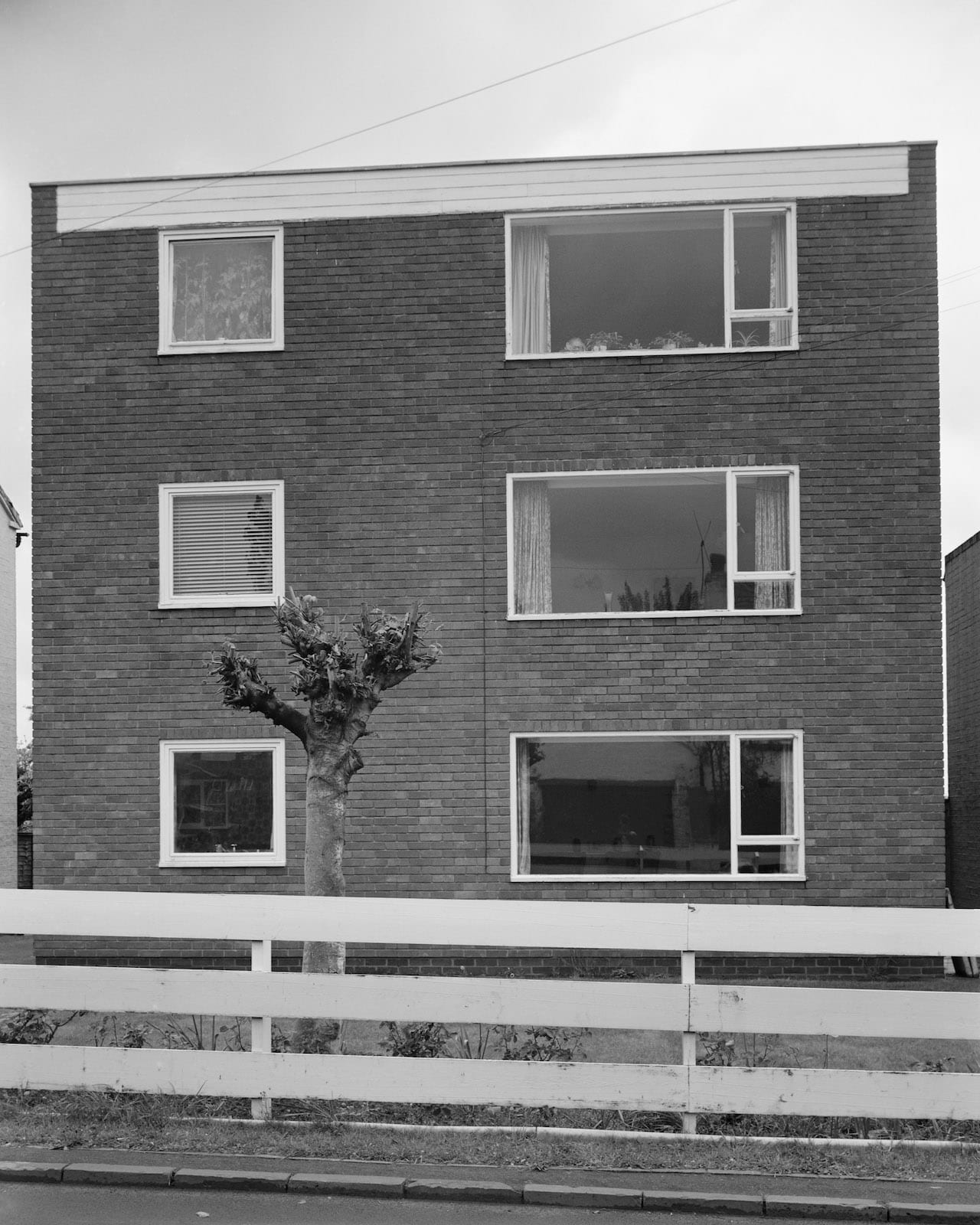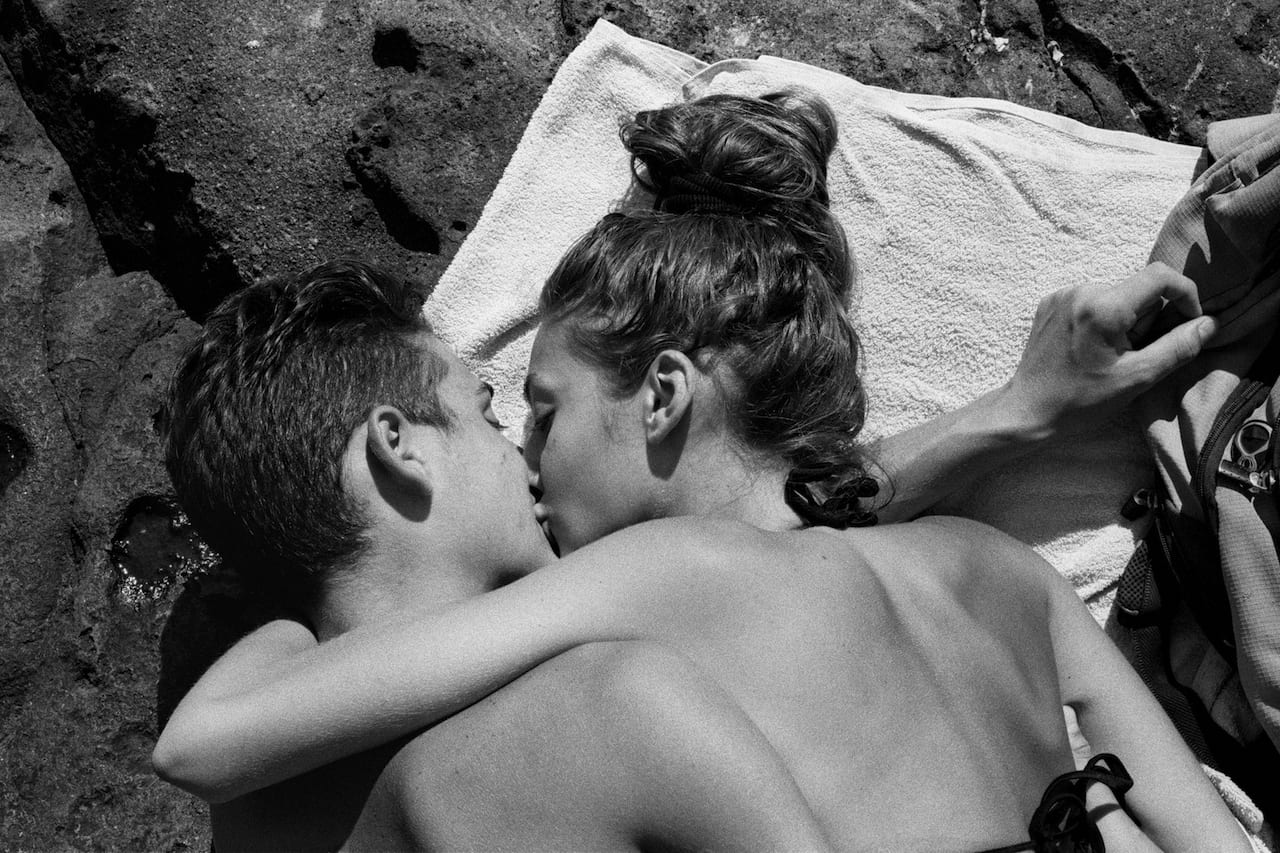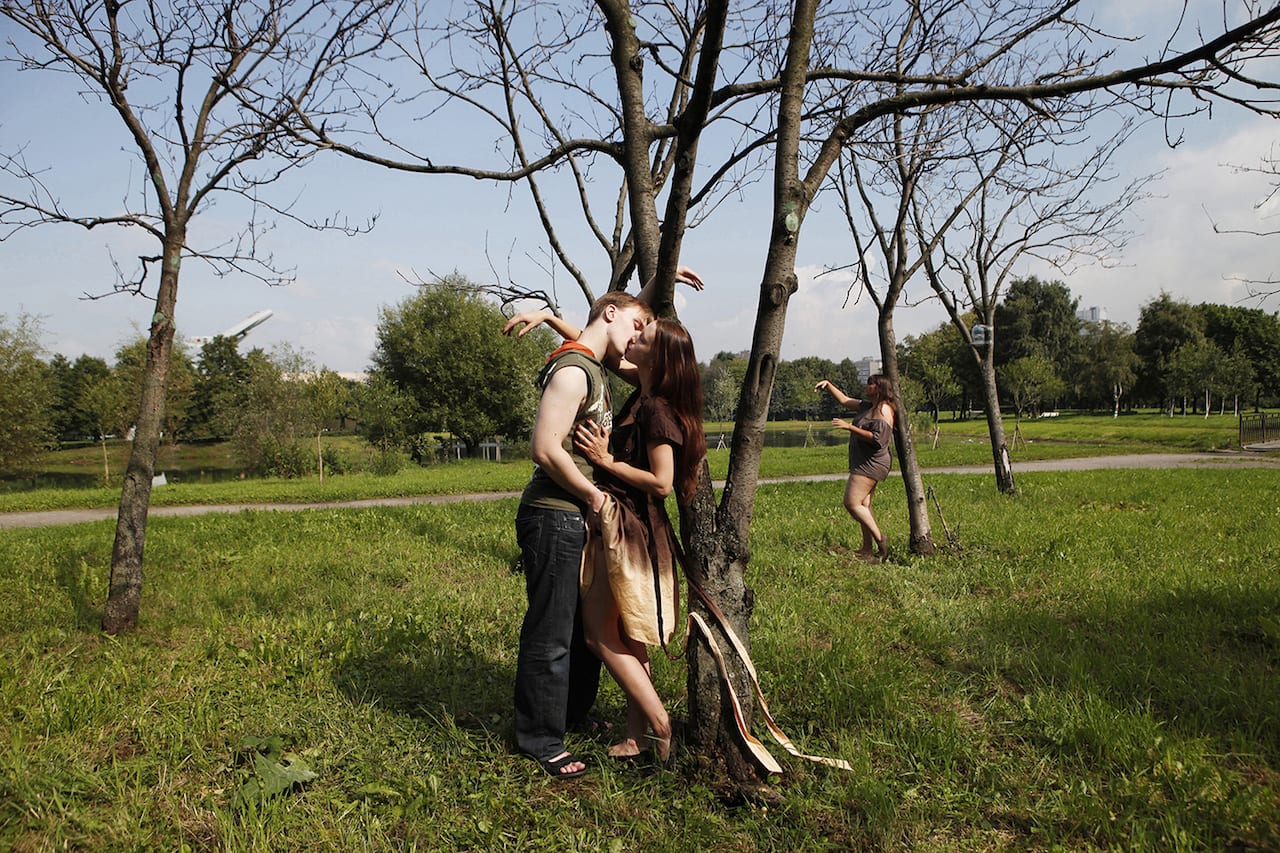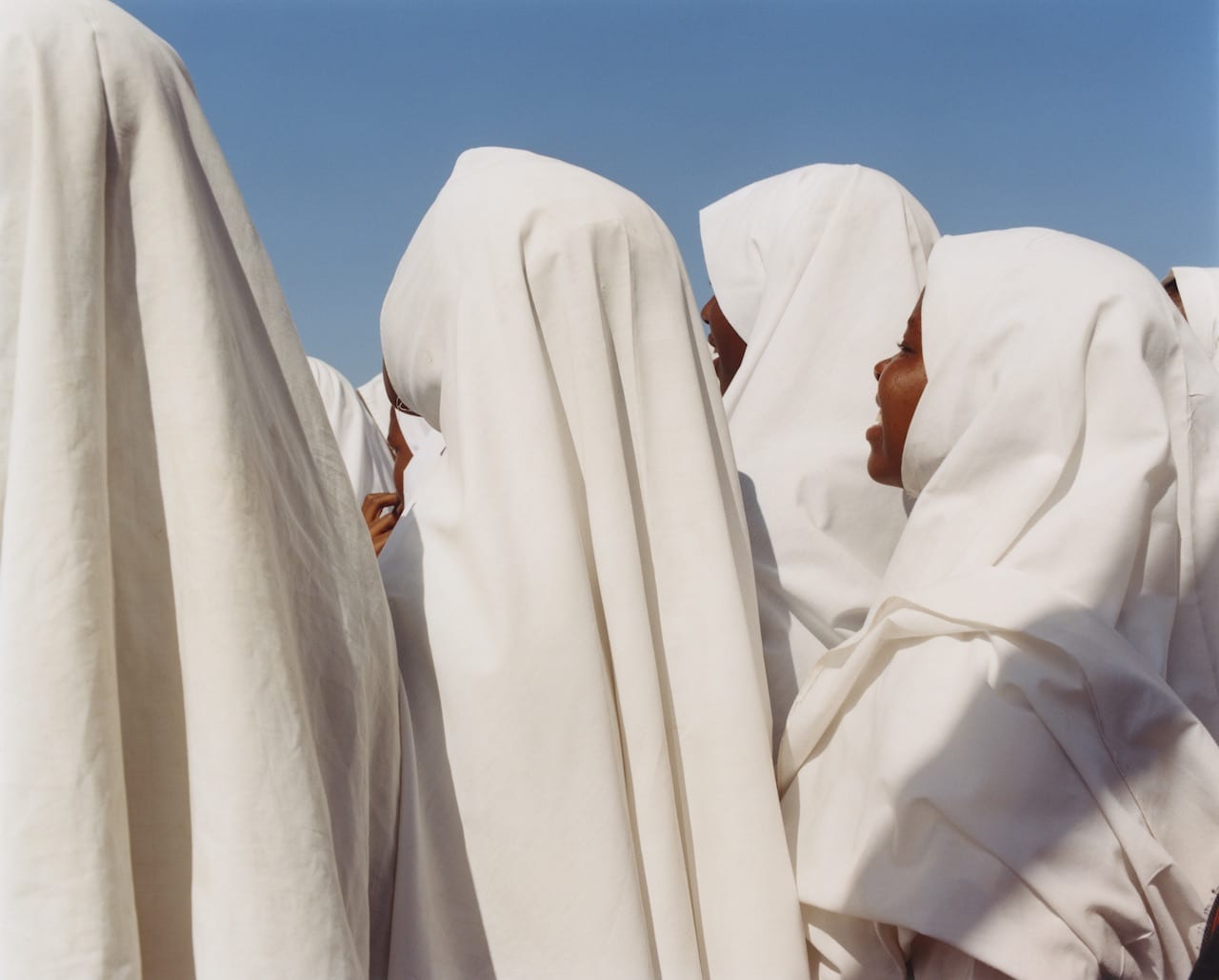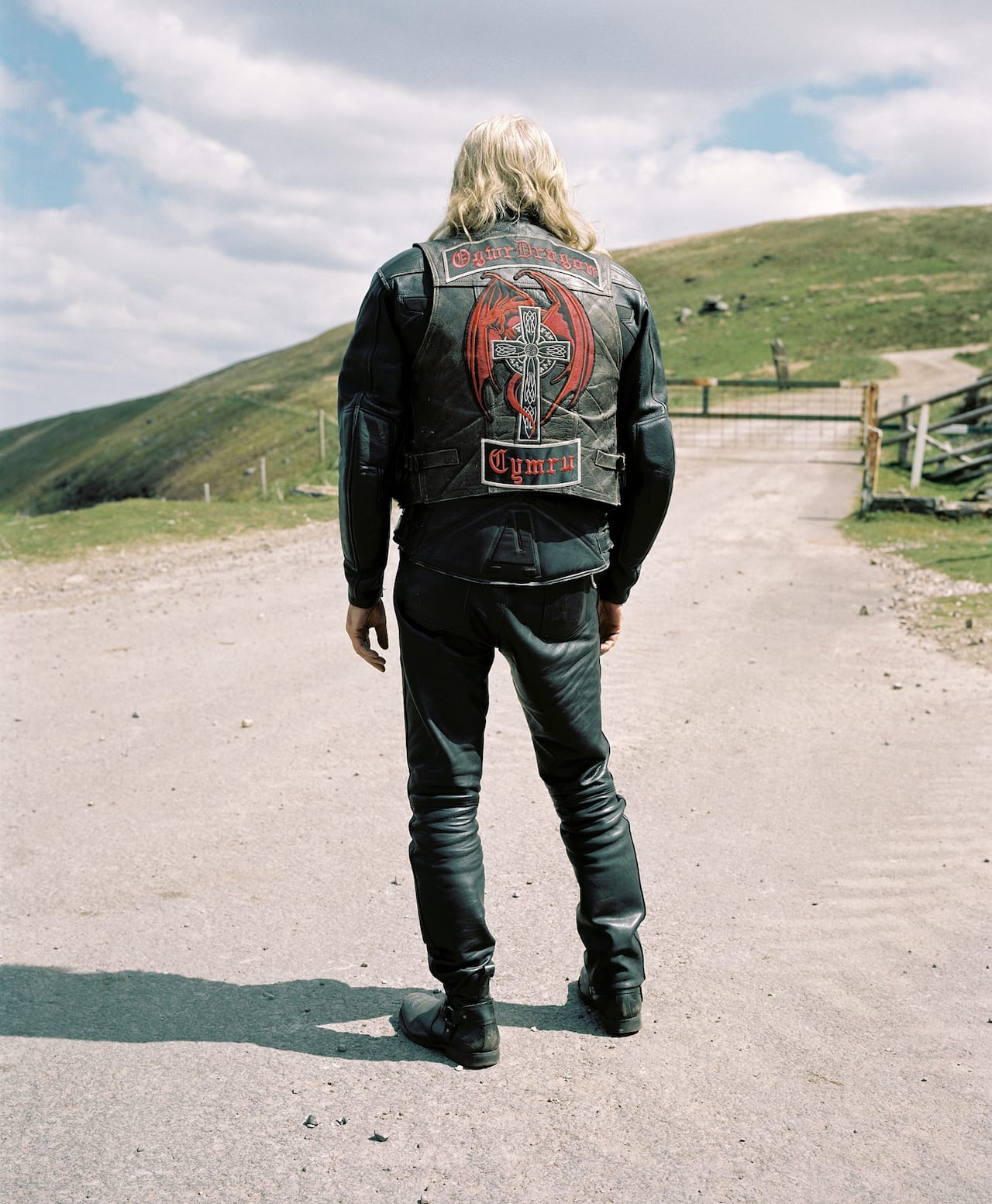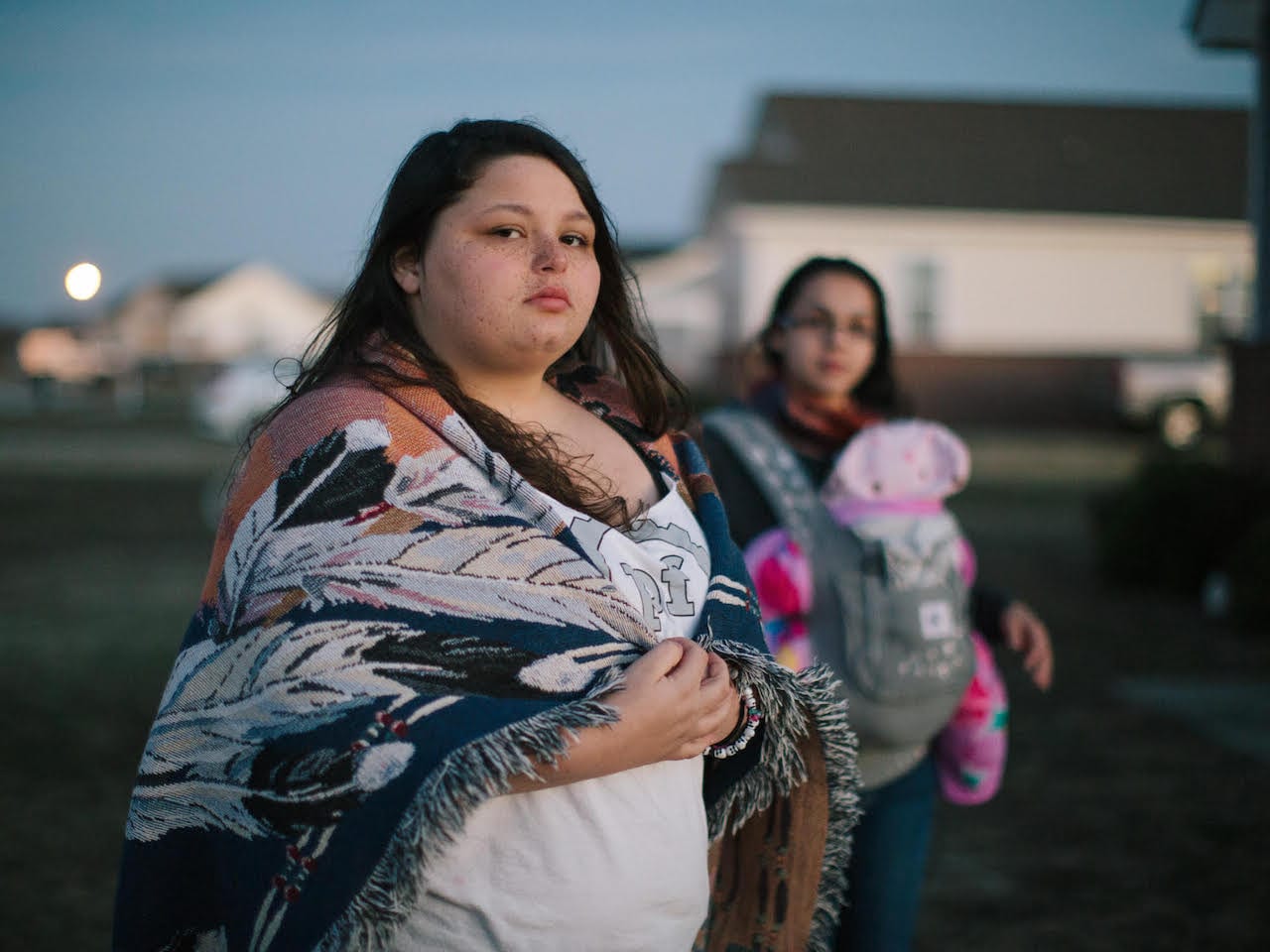In 2010, when BJP first came across Jamie Hawkesworth, he’d just been shooting in Preston Bus Station along with Adam Murray and Robert Parkinson from the Preston is my Paris zine. Picking out passersby who caught his eye in the rundown but celebrated Brutalist transport hub, Hawkesworth’s images were published in a free newspaper and given to the disadvantaged teenagers who used the buses. They helped save the bus station from demolition, but they also helped launch a stellar career, with Hawkesworth signing up with the prestigious London agency MAP soon afterwards.
Fast-forward to 2018 and Hawkesworth is a celebrated fashion photographer, who’s shot ad campaigns for Alexander McQueen and Marni, and editorial for publications such as Vogue Italia, W, and Purple. He’s also got an exhibition on show in London, a blue painted fence, which shows off his film, drawings, and writing, as well as new photographs from Kenya, Louisiana and Romania. Despite his success he’s still very much the same man BJP first met eight years ago, down-to-earth and modest, with a refreshingly breezy approach to his many talents.
Of his drawings, for example, he says it’s just a case of “having room to get out there and explore, of being open to chance”. “I found myself giving it a try, thinking ‘Oh I’ll just try some charcoal’, and it went from there,” he says. “The great thing about charcoal is it’s easy to get it on [the paper] and see where energy takes you.”


